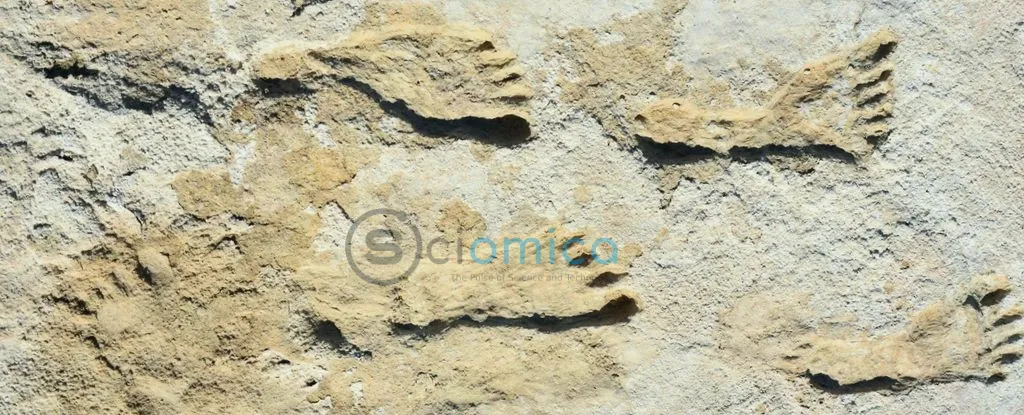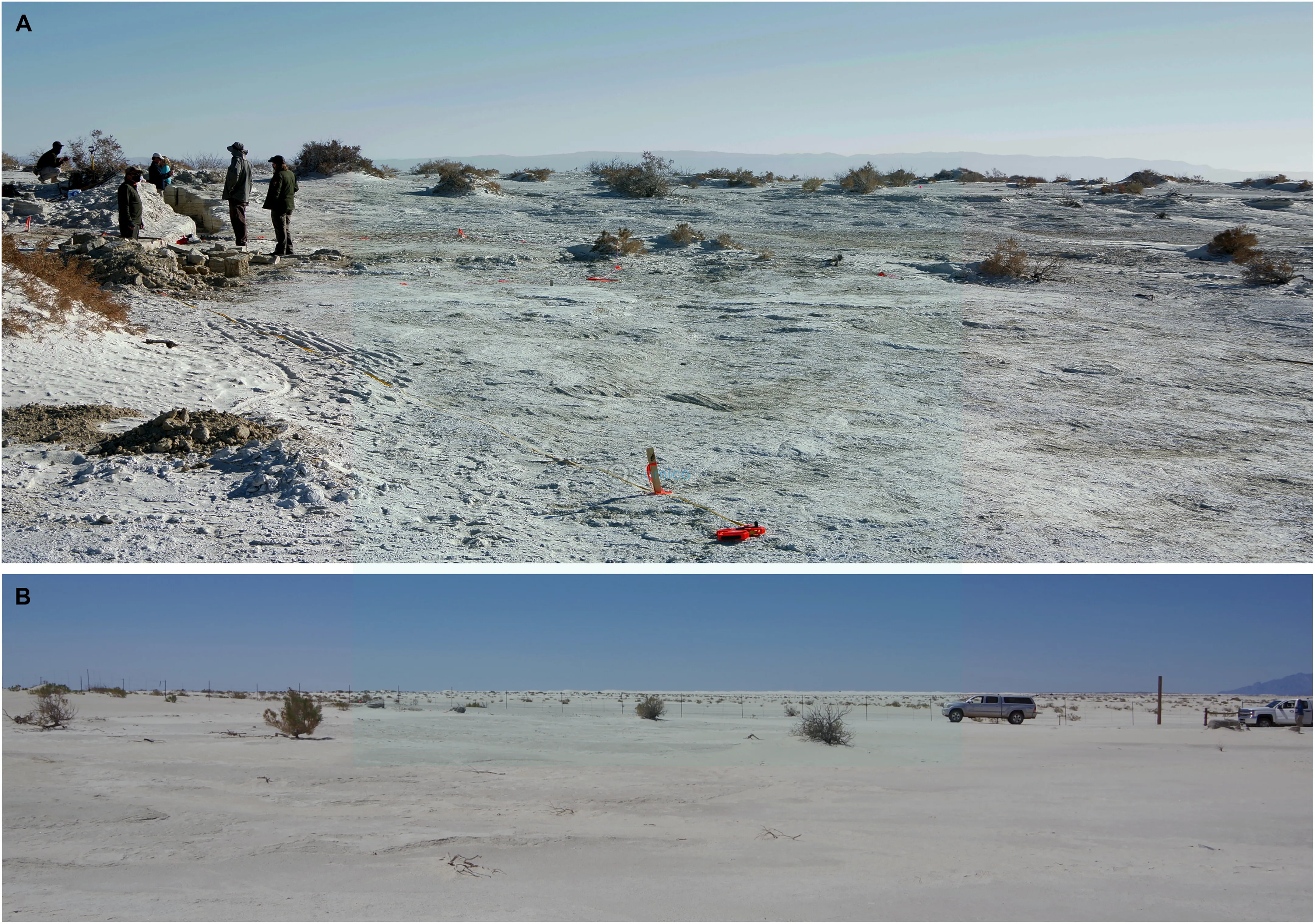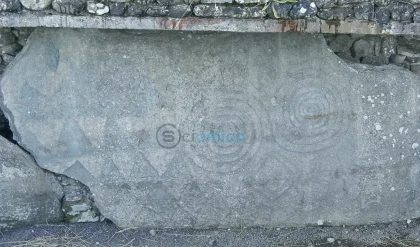
In a groundbreaking revelation, evidence found at White Sands in New Mexico suggests that humans have inhabited the Americas for at least 20,000 years, significantly pushing back the timeline of human presence on the continent. This stunning discovery was made possible by a series of clay footprints uncovered below a unique layer of gypsum, predominantly found at the national park but also encroaching into land controlled by the U.S. Army as part of a missile range.
Historically, researchers believed that the first humans arrived in North America approximately 13,200 to 15,500 years ago. However, a new study led by Vance Holliday, an archeologist at the University of Arizona, has combined various forms of evidence—including layers of mud, the remains of Ruppia seeds, and pollen samples—to date these ancient footprints to between 20,700 and 22,400 years ago. This new chronology indicates that the footprints were made during the Last Ice Age, as ancient populations traversed a floodplain on the shores of what was once Lake Otero, a massive expanse that covered roughly 4,140 square kilometers (1,600 square miles) of the Tularosa Basin.

“The freshwater lakes and associated biological resources found in western and southwestern North America must have attracted early foragers. However, very few paleolake basins have been surveyed by archaeologists,” Holliday noted in the study.
The discovery of these footprints dates back to 2021, initially placing their age between 21,000 to 23,000 years. The method used to date these finds, primarily relying on lightweight organic materials, had drawn skepticism from some critics. These biological remnants can be easily displaced within the dynamic environment of the White Sands. However, the latest findings bolster this dating by providing corroborative evidence from the surrounding stratified mud layers.
“Most of the dating of organic matter derived from palustrine muds aligns with the previously reported dates from seeds and pollen,” reported the authors. Holliday added, “It would be an extraordinary coincidence for all these dates to consistently provide a misrepresented picture.”
This pivotal research, which could reshape the understanding of prehistoric human migration across North America, has been published in the journal Science Advances.






